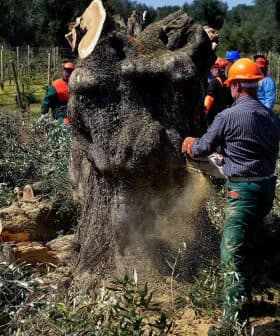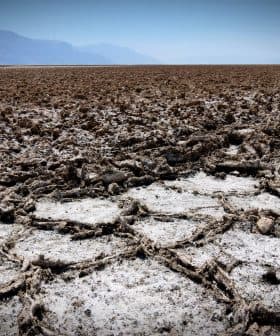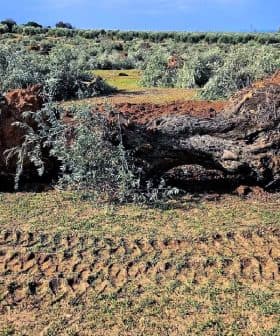P&G Patent Application Employs Olive Pits in Liquid Cleaners
Procter & Gamble has developed a liquid cleaner using abrasive particles from olive pits, seeking an international patent for its surface-safe yet effective cleaning solution. The olive pit particles are hard enough for cleaning but soft enough for surface safety, providing a biodegradable and cost-effective alternative to traditional abrasive cleaners.

Yet another use has been found for olive pits and this time it’s to provide an apparently tough but safe abrasive cleaner from Procter & Gamble.
The consumer products giant is seeking an international patent for the liquid cleaner, which it says can be used for a variety of materials, including ceramic tiles, enamel, stainless steel, glass, and Teflon.
The company says in its patent application, published last week by the World Intellectual Property Organization, that the “surface safety” of most popular liquid scourers is inadequate.
It comes down to a choice between “good cleaning performance but featuring strong surface damage or compromising on the cleaning performance while featuring acceptable surface safety profile,” it says.
“Due to the presence of very hard abrasive particles, these compositions can damage, i.e., scratch, the surfaces onto which they have been applied.”
Alternatively, those with an “adequate surface safety profile” show poor cleaning performances.
And natural material such as from walnut shells or apricot pits is of a dark color and results in an “unaesthetic muddy-like liquid composition.”
Olive pits provide a solution
But abrasive cleaning particles formed by shearing and grinding olive pits are said to provide a solution.
Procter & Gamble says they are “hard enough to provide the cleaning effect, however, soft enough to provide good surface safety profile.”
They also have the advantages of being biodegradable and, if harvested when the olive fruit is unripe, of a light color.
Furthermore, while high levels of abrasive particles are usually needed to reach good cleaning performance — thus leading to higher cost, more difficult making rinsing off, and a less pleasant hand feel — very low levels of the olive pit particles are needed, it’s claimed.
“Suitable olive pits can be extracted from fruits derived from Olea europaea tree species, preferably from Olea europaea L. subspecie europaea species,” the application says.
Among other uses for olive pits are as a source of biofuel, in noise barriers and even as pillow filling.









